Whether you’re a DIYer or professional contractor, the DeWalt reciprocating saw is among the most popular saws you can find in any workshop. This guide provides all the knowledge needed to tackle any issue that could arise from your DeWalt reciprocating saw—from simple maintenance to more complex repairs. With handy tips and clear guidance, this article will ensure you have accurate information and advice on solving common DeWalt reciprocating saw problems.
What is a DeWalt Reciprocating Saw
Reciprocating saws are an essential tool for anyone who needs to make quick accurate cuts in various materials. They are relatively lightweight and easy to use, making them ideal for DIYers and professionals alike. With proper safety precautions and maintenance, these powerful tools can provide years of reliable service.
Reciprocating saws come in a variety of sizes and styles, ranging from cordless models for light-duty tasks to more powerful corded versions for larger jobs. The blades can be changed out easily depending on the material being cut and the type of job being performed. Additionally, reciprocating saws can be equipped with different types of blades such as metal-cutting blades or pruning blades for garden work.
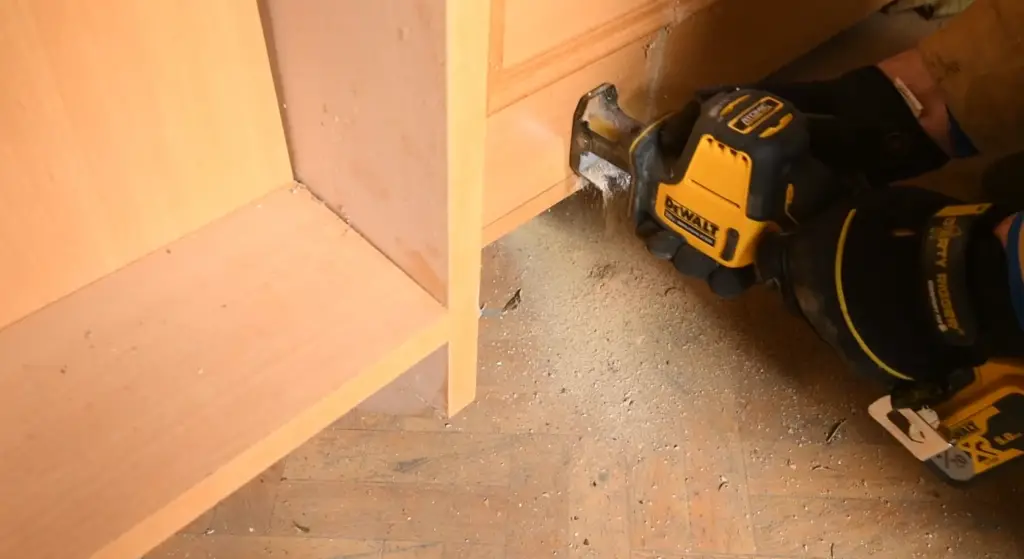
In addition to cutting different materials, many reciprocating saws come with additional features such as variable speed settings, adjustable depth control, and orbital action to enable even faster cutting. Reciprocating saws also have a LED light to help you see the line of cut more clearly and accurately.]
The saw features a 4-position blade clamp which allows users to adjust the speed of the blade according to their needs. The lever action design makes it easy to control and provides more control when tackling tougher jobs such as cutting through thicker woods or metals. Other features include an anti-slip grip handle and adjustable pivoting shoe. With the DeWalt reciprocating saw you can easily make cuts in a variety of materials with accuracy and precision. [1]
Issues With DeWalt Reciprocating Saw
Despite its popularity, the DeWalt reciprocating saw can encounter problems from time to time. It’s important to be aware of the most common issues and how to fix them. In this section, we will discuss the most common issues and how to deal with them.
Reciprocating saw won’t start
The first issue you might encounter with your DeWalt reciprocating saw is that it won’t start. This issue can stem from several different causes, and the best way to determine the cause is to troubleshoot it step by step.
One potential cause is a faulty power switch. To test this, unplug the cord from the wall and plug it back in again. If nothing happens, check to see that the connection is secure, then try pressing the power switch on the saw itself. If you still don’t get any response, then you may need to replace the power switch.
Another potential cause of a reciprocating saw not starting is an issue with faulty connection between the motor and the power switch. This can often be rectified with a simple visual inspection. If you see that the connection is loose or damaged, replace it immediately.
Now as to how to fix the wires, you have several different options.
Fixing burned wires
If you find that the wires have been burned, the best way to fix them is by replacing them. You should always use new wires designed for your saw model and make sure they are properly connected and insulated.
You will need to remove the screws on the grip casing of the saw and remove one side of the casing. Now inspect the wires to identify the one that is burned. Carefully remove the wire from its place and replace it with a new one, making sure to secure it tightly in place. If everything is alright, try to secure the connection with electrical tape or a wire nut.
Once you’ve replaced the burned wire, replace the casing and screws back on the saw. Now plug in the cord and try to start the saw again. If it still doesn’t start, you may need to consult a professional for assistance.
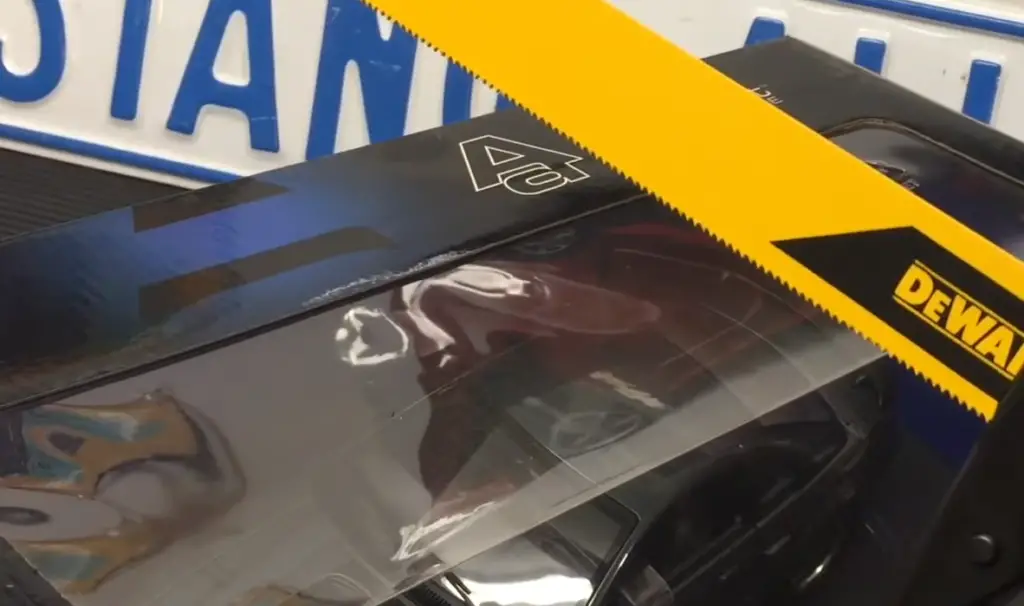
When installing new wires, it’s important to keep in mind the manufacturer’s instructions and safety precautions. If you don’t feel comfortable doing this yourself, call a professional electrician or an authorized repair service center. Be sure to use the wires of the same color and length as the original ones.
Fix a faulty switch
Another solution you may need to consider is replacing the power switch. This can be done with simple tools and a few basic steps. First, unplug the saw from the wall and remove any screws that are holding it in place. Next, locate the power cord and unplug it from the power switch. Once you have done that, use a multimeter to check for continuity between the two terminals of the switch.
If the multimeter shows 0, then all is good and the power switch is working. However, if the multimeter shows any reading other than 0, then it indicates a faulty power switch. To replace it, you need to locate a compatible replacement and install it according to instructions (making sure to follow all safety precautions).
Once the new power switch has been installed, plug the saw back into the wall outlet and give it a try. If everything works as expected, your issue should be resolved.
Issues with a reciprocator shaft
Another common issue with a DeWalt reciprocating saw is an issue with the shaft. If you notice that your saw is vibrating or if it feels like it’s not working correctly, this could be due to a problem with the shaft. This could be caused by dirt and debris getting inside the motor housing, resulting in the motor running slower than normal. A broken blade clamp or a loose screw may also cause this issue.
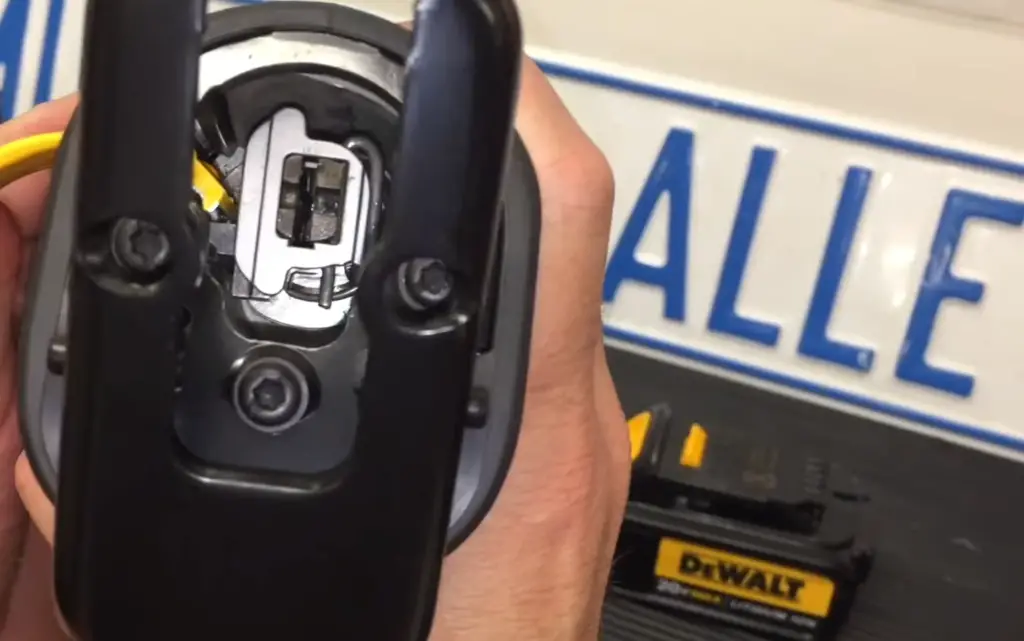
Install a new shaft kit
To fix this problem, the solution is to install a new shaft kit. This should contain everything you need to replace the existing reciprocator, such as a new motor shaft and blade clamp. You will need to remove the large screw that holds the locking plate in place and then remove the screws of the shoe assembly as well as the shoe and boot. Once all these parts are removed, you can proceed to unscrew the cover plate and remove the shaft assembly.
Next, you will need to remove the bushing from the old shaft and slide it onto the new one. Once this is done, you can reinstall all the parts in reverse order. Make sure to tighten all screws firmly before testing out your saw again.
If you are confused, be sure to refer to the official manual that came with your saw for the exact instructions on how to replace the shaft kit.
Battery powered saw won’t start
We already talked about how to fix a corded saw that won’t start. But what if your DeWalt reciprocating saw is battery powered? If it doesn’t turn on, the issue could be with either the battery or the charger.
First thing you should do is check whether the battery is charged. If it’s not, then you should try charging the battery using a different charger. If the battery is charged and still won’t start, then it could be damaged and need to be replaced. To check whether or not the battery is damaged, try putting it in another DeWalt reciprocating saw and seeing if that one starts. If it does, then you know the issue was with the battery. Also check if the battery is securely fastened in the saw and make sure all connections are secure.
It’s also possible that the charger is the problem rather than the battery. To check this, you should use a multimeter to measure the voltage of the charger while it is plugged into an outlet. If there are no issues with either the battery or charger, then it could be a problem with other components in your saw such as a broken trigger switch or shorted wiring.
If your DeWalt reciprocating saw does turn on but runs erratically or stops suddenly, check if any of the terminals are loose or corroded. Clean them off with a damp cloth and make sure they’re properly connected. It’s also possible that you may have a defective battery that needs to be replaced.
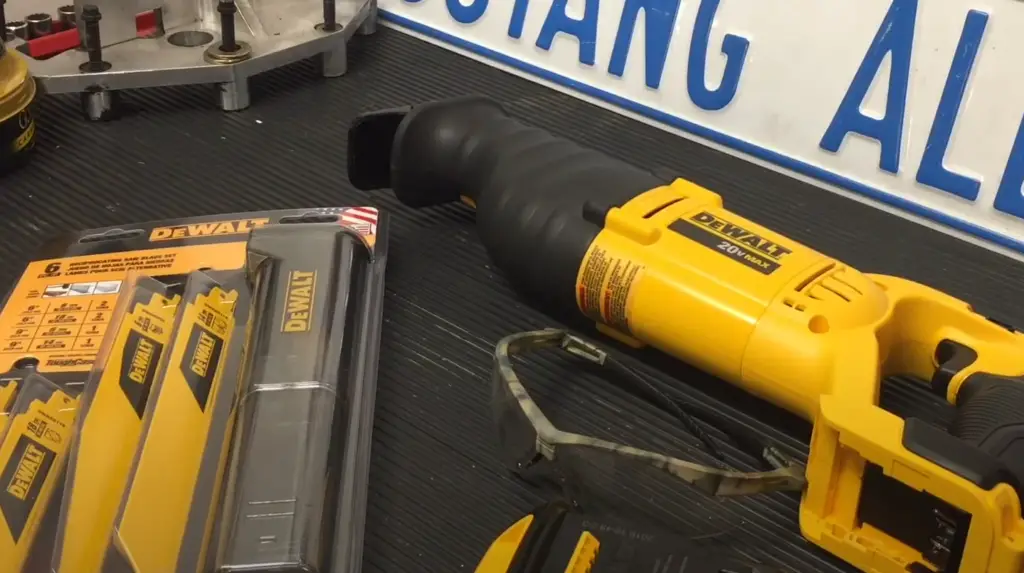
Faulty variable speed trigger
An important part of the DeWalt reciprocating saw is the variable speed trigger. This allows users to adjust the speed of the blade depending on the material they are cutting. However, it can sometimes become faulty due to wear and tear or misuse. If this happens, then you may experience difficulty in controlling the saw’s speed.
If your variable speed trigger has become faulty, then it should be replaced as soon as possible. You can do this yourself with a few tools such as a screwdriver and pliers, though it is advisable to consult an expert if you are unsure about how to proceed.
If you feel confident in your own DIY skills, then you can follow the next steps.
First you need to remove the screws on the rear handle of the saw. After this, carefully clip the loosened handle and remove the casing to access the switch.
Locate the red and black wires and remove them from the switch. Remove any screws holding the switch in place, then carefully pull it out of its housing.
Next you need to install the new switch in the same way as the old one was attached. Reattach the red and black wires to their terminals, then screw back all of the removed pieces before testing your saw for proper operation.
Be sure to secure everything back in place before using your saw again. If the issue persists, then you should take it to an authorized repair center for further inspection and repairs. [2], [3]
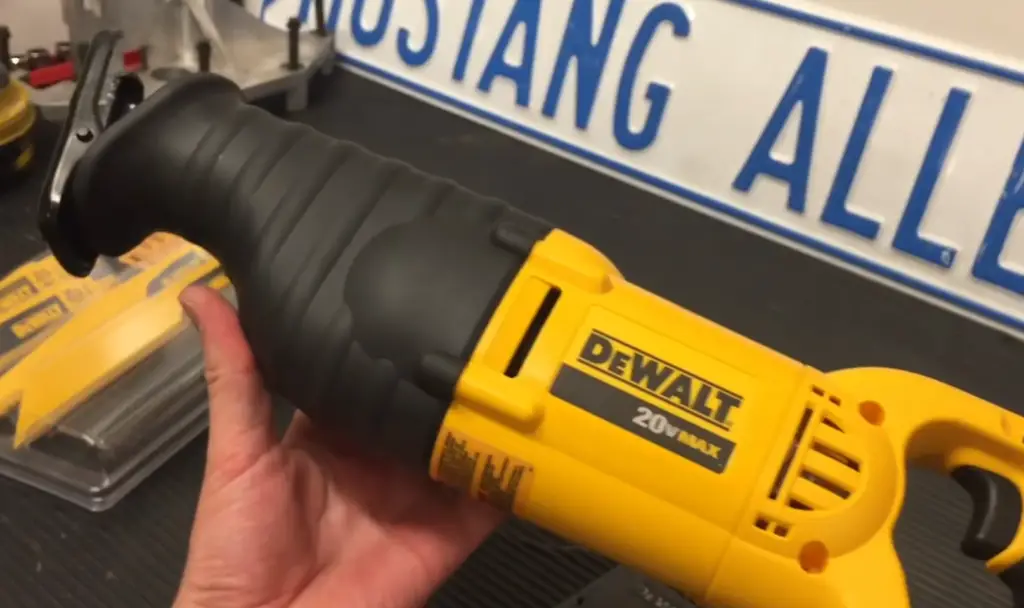
FAQ
Why is my reciprocating saw not working?
There can be several possible causes of your reciprocating saw not working. It is important to first identify the issue in order to determine the best solution.
The most common cause of a non-working reciprocating saw is that it has become clogged with dirt or debris, which can block the moving parts and inhibit its performance. If this is the case, you will need to use an air compressor to blow out any debris, or use a brush and some compressed air to clear the area around the blades. Another potential cause could be that the blade itself is worn out or damaged. In this case you should replace it with a new one.
In addition, there may also be other issues such as a faulty motor, loose wires, or a defective switch. If you suspect any of these issues then it is best to contact a professional repair technician to inspect and diagnose the problem. They will be able to identify the cause and recommend the best solution accordingly.
Finally, if your saw is still not working after troubleshooting, it could indicate that there is an underlying issue with the design or construction of your saw. In this case it would be wise to consult with DeWalt directly for advice on how to proceed further.
Why is my Dewalt saw not working?
There are several potential reasons why your DeWalt reciprocating saw might not be working. Firstly, check to see if the power switch is in the “on” position, or that it hasn’t been accidentally bumped into the off position. Additionally, there could be a problem with the motor itself such as an electrical issue or a loose connection. In this case, you should take your DeWalt saw to an authorized service center to have them inspect and fix it.
Another common reason for a DeWalt saw not working is that the blade has become dull and needs to be replaced. Over time blades can become worn down from wear and tear, resulting in decreased cutting efficiency and making it difficult to cut efficiently through materials. If this is the case, you can purchase a new blade for your DeWalt reciprocating saw and replace it yourself.
Finally, if none of these problems seem to be the issue, then it’s possible that there may be an issue with the internal wiring or electronics of your DeWalt saw. In this case, you should take it to an authorized service center for diagnosis and repair.
What are the limitations of a reciprocating saw?
Reciprocating saws have a few limitations that all users should be aware of. The main limitation is the size and shape of the blade being used. Reciprocating saws are designed to cut materials with a straight, uniform edge and are not suitable for curved or angled cuts. Additionally, the depth of any given cut is limited by the length of the reciprocating saw blade. For example, if you attempt to make a deep cut in thick material using a short-blade tool, it may become stuck or difficult to maneuver. It is also important to note that these tools only work when held at a 90 degree angle from the surface being cut – otherwise they will simply skid across its surface without cutting into it properly. Finally, the speed of a reciprocating saw is usually limited by its motor and blade type; meaning that heavier duty materials may require additional time to be cut effectively.
How do you lock the blade on a Dewalt reciprocating saw?
To lock the blade on a DeWalt reciprocating saw, make sure the blade is correctly inserted and aligned properly. Then press down on the blade lock lever or button located above or near the front of the handle. The lever should stay in place, locking the blade firmly into place. If it does not stay in place, make sure you are using an original DeWalt brand blade and that everything is aligned correctly. If all else fails, try adjusting the tension on the clamp screw located at the back of your saw near its base.
If you still are confused, refer to the manual of your specific DeWalt reciprocating saw for more detailed instructions on how to lock the blade.
Useful Video: Dewalt reciprocating saw comparison
Conclusion
Dewalt reciprocating saws are powerful tools that allow for a variety of tasks and projects to be completed. With proper upkeep and maintenance, these saws should last for years. It is important to remember to check the manufacturer’s instructions before attempting any repairs or replacements on DeWalt reciprocating saws, as certain parts may differ from model to model. Additionally, if you ever experience problems with your Reciprocating Saw that you cannot fix yourself, it is recommended that you contact an authorized Dewalt service center in order to get the problem fixed promptly and safely.
By following the tips and advice provided in this guide, you can avoid some common DeWalt reciprocating saw problems while ensuring that your tool works optimally at all times. Remember to keep your DeWalt reciprocating saw clean, inspect the blade regularly, and replace worn parts as needed in order to maximize its lifespan. With proper usage and maintenance, you can ensure that your DeWalt reciprocating saw continues to provide you with reliable performance for many years to come.
Thanks for reading our guide on common DeWalt Reciprocating Saw Problems! We hope this guide has been helpful in improving your understanding of how these tools work and what you can do if something goes wrong. Good luck and happy cutting!
References
- https://www.dewalt.com/product/dcs387b/20v-max-compact-cordless-reciprocating-saw-tool-only?tid=577756
- https://www.homestratosphere.com/fix-dewalt-reciprocating-saw-problems/
- https://carpentinglab.com/dewalt-reciprocating-saw-troubleshooting/






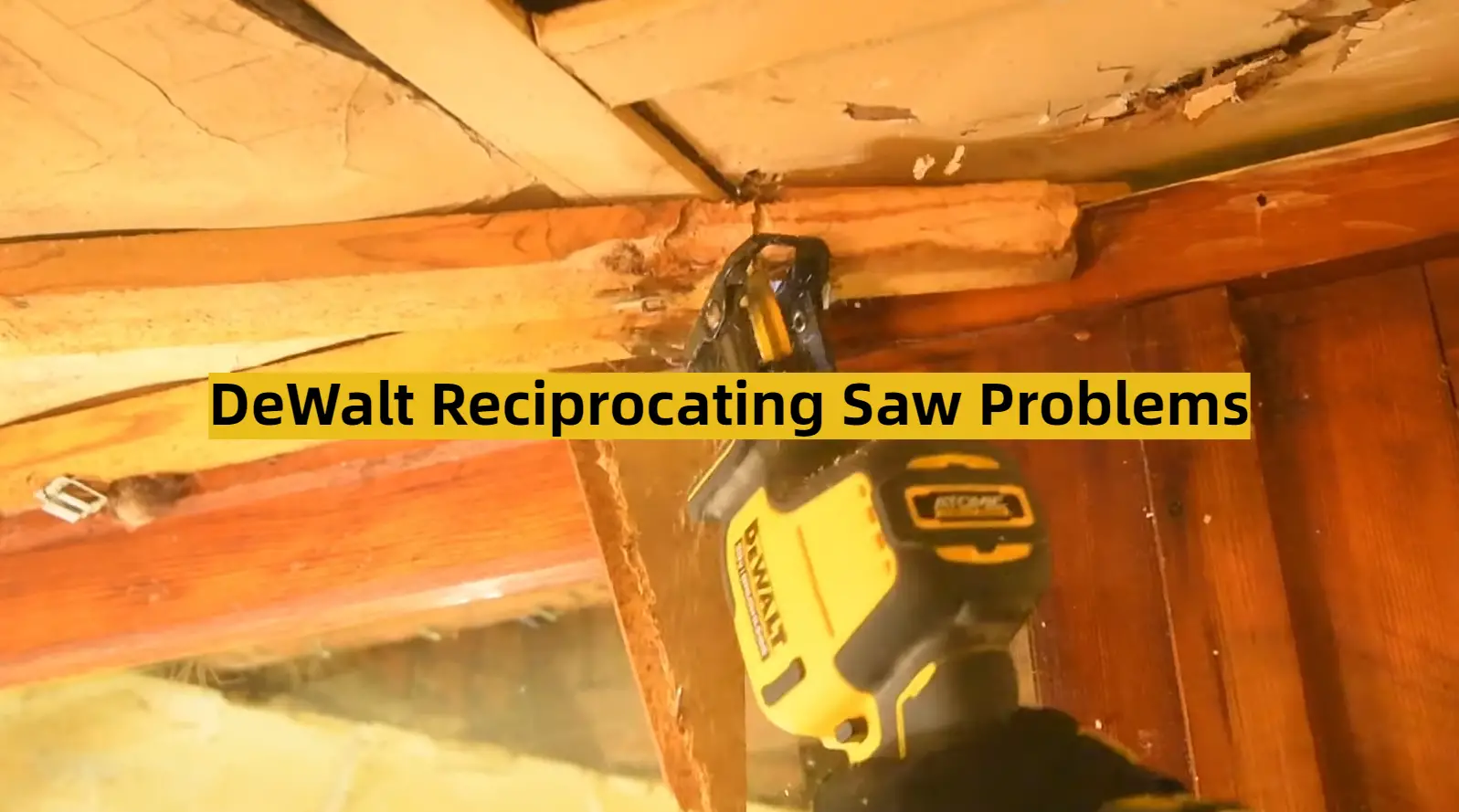




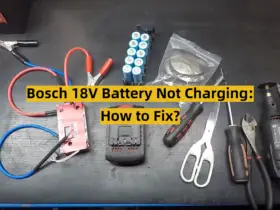
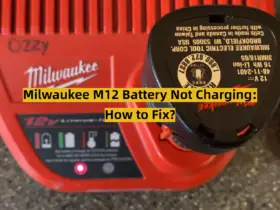
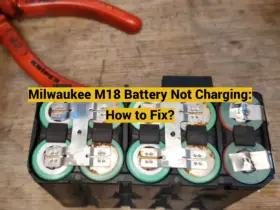
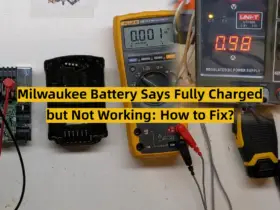
Leave a Reply